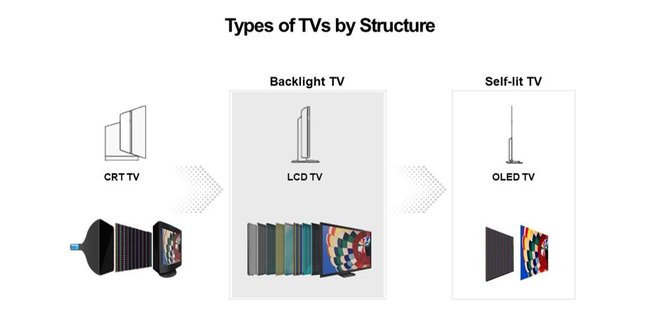
In 2021, Apple introduced Mini-LED displays to its iPad Pro and 14 and 16-inch MacBook Pro. TV manufacturers are embracing the tech, too, with models launching from LG, Samsung, Sony and more. But what is Mini LED and what benefits could it bring to your next tech purchase?
Is it different to the MicroLED TV tech also used by Samsung?
We explain all right here.
What is Mini LED?
Like MicroLED, the term “Mini LED” or “Mini-LED” has popped up a lot in recent times. However, unlike that technology, “Mini LED” relates to the backlighting rather than a display’s pixels.
It utilises tens of thousands of miniature LED bulbs that sit behind the LCD substrate in a display. They combine with local dimming zones to provide more precise lighting in bright areas and better black levels in darker regions of a picture.
The difference between Mini LED and other direct backlighting technologies is that, because each LED is much smaller, the lighting bleeds less (ie. when light encroaches on adjacent pixels) and local dimming zones can be smaller and more accurate.
Usually, LED TVs adopt either larger LEDs behind the LCD substrate (and therefore are more prone to light bleed and less precise) or are edge-lit – where the LEDs are housed around the edge of the screen and shine across the panel. It is much harder to gain deep, involving black levels with each type of lighting – often resulting in a grey tone in darker areas. And black levels have a direct impact on accurate colour representation in standard and HDR images.
Mini LED panels are closer to OLED in black levels. And, one extra benefit is that brightness can be greater.
How does Mini LED display technology work?
As we explain above, the Mini LED backlight sits behind the LCD substrate in a panel (and any other substrates included to enhance colours or picture quality) and houses thousands of tiny LEDs that are switched on or off depending on the image. They are generally grouped in zones for responsiveness, to sync the backlight to the main image perfectly.

The TV, therefore, switches them on and off in those local dimming zones, which run at a similar refresh rate to the LCD substrate. When a zone is off or barely lit, the area on the screen will seem darker or even completely black. When on, that area of the screen will be brighter. The brightness of the LEDs depends on the colour and what is required from the on-screen action.
LG’s 2021 QNED Mini LED TVs, for example, use up to 30,000 Mini LEDs in almost 2,500 local dimming “blocks” (on its 8K 86-inch flagship) as the backlight.
This, claims LG, provides a 1 million to 1 contrast ratio. And, while it isn’t quite as accurate as self-lighting technologies, such as OLED, which can switch each pixel on and off where desired, it is as close as you can get with LCD.
Is Mini LED the same as MicroLED?
Mini LED and MicroLED are two very different TV technologies. MicroLED, used by Samsung for its The Wall TV system, is a technology that features self-illuminating pixels – much like OLED – whereby each pixel can switch on or off depending on the picture.
Mini LED still requires an LCD pixel substrate. A Mini LED TV is, therefore, cheaper to manufacture and that means its price is much more attractive.
What is the main benefit of Mini LED?
The main benefit of Mini LED over conventional LED TVs (which also use LED backlighting with an LCD panel) is that the LED backlights are so much smaller that they can be much more precise and, therefore, ensure that pictures are bolder in colour, deeper in black levels, and brighter for HDR.
Mini LED TVs won’t be quite as accurate as OLED, but a lot closer than existing LED sets and with the side benefit of being more affordable than the best OLED TVs.
In addition, as good as the recent OLED TVs are, the technology is still prone to image retention – even permanent screen burn in the most extreme cases. Mini LED TVs are not.
When can I buy a Mini LED TV or display?
Mini LED tech has been in development for several years but is only really coming to the mass market now.
LG launched 10 Mini LED TVs in different screen sizes in 2021, in 4K and 8K pixel resolutions.
Samsung also introduced a collection of Mini LED TVs in 2021, with its Neo QLED 4K and 8K range. And Philips launched two models, as well.
TCL adopted Mini LED for its TVs quite early on. It had a range available back in 2020, the 6-Series sets, and more models came in 2021.
As we mentioned at the start, Apple introduced Mini LED on its iPad Pro and 14 and 16-inch MacBook Pro, and we’re expecting more models to follow.
